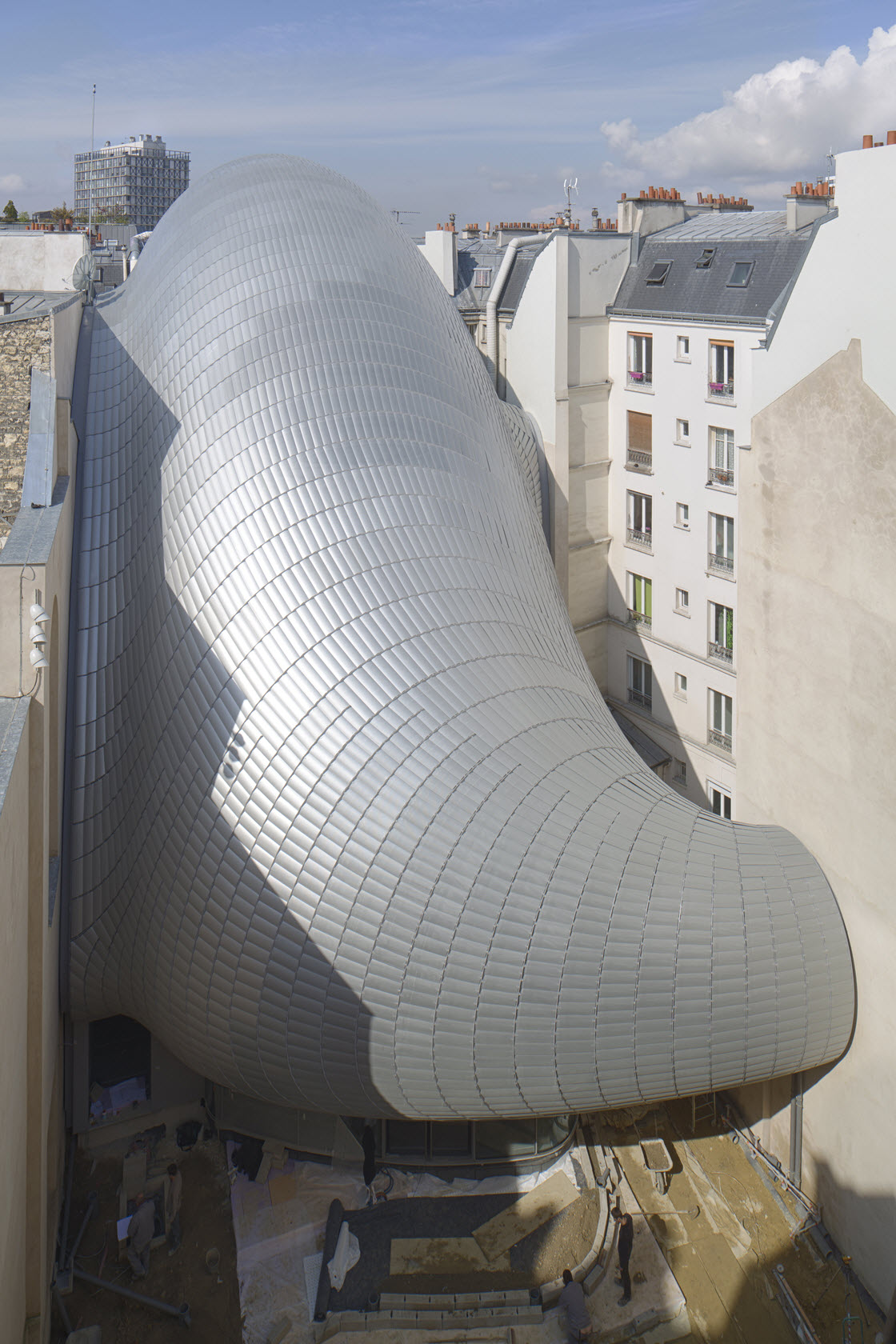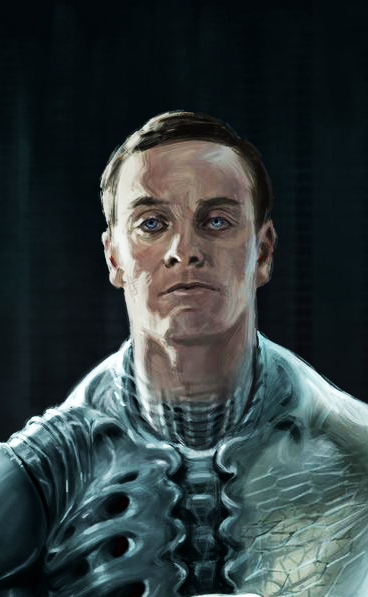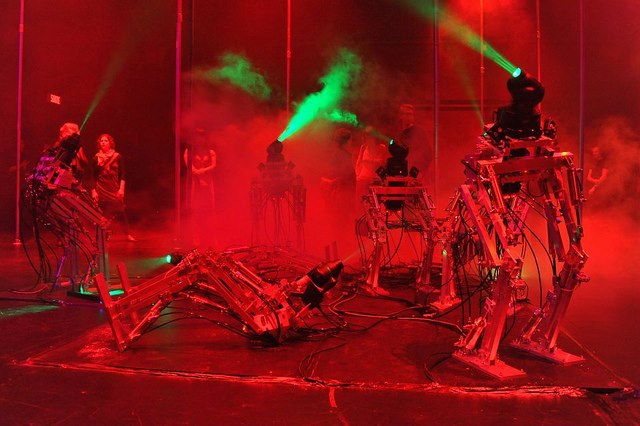PARADISE – A contemporary interpretation of The Garden of Earthly Delights
Lo Studio Smack, meglio conosciuto per il video musicale Witch Doctor di De Staat, ha rilasciato una nuova animazione: un’interpretazione contemporanea di uno dei dipinti più famosi del primo maestro olandese Hieronymus Bosch, The Garden of Earthly Delights. Nel loro ultimo lavoro, il gruppo ha ripulito il paesaggio originale del pannello centrale del dipinto di Bosch e lo ha ricostruito in un’allucinante animazione 4K. Le creature che popolano questo parco giochi al coperto incarnano gli eccessi e i desideri della civiltà occidentale del XXI secolo. Consumismo, egoismo, evasione, richiamo dell’erotismo, vanità e decadenza. Tutti i personaggi sono metafore per la nostra società in cui i solitari sciamano nel loro mondo dei sogni digitale. Sono riflessi simbolici dell’ego e dell’immaginazione delle persone come si vedono, a differenza della versione di Bosch, in cui tutti gli individui sembrano più o meno uguali. Da un Hello Kitty arrapato a un serpente del pene che caccia alla coca Da uno spybot incarnato a polli fritti senza testa. Questi personaggi, una volta figure di sogno dipinte con precisione, sono ora modelli 3D creati digitalmente. A tutti loro è stato dato il proprio ciclo di animazione per vagare nel paesaggio. Inserendoli tutti insieme in questo affresco sintetico, il quadro non è mai lo stesso. Ciò che l’animazione e il trittico di Bosch hanno in comune è che difficilmente riuscirai a sopportare tutto, puoi guardarlo per ore. “Paradise” è stato commissionato dal Museo MOTI nei Paesi Bassi per la mostra New Delights, che fa parte del 500 ° anniversario di Hieronymus Bosch. Una gigantesca installazione video di quest’opera è esposta nel Museo fino al 31 dicembre 2016.













